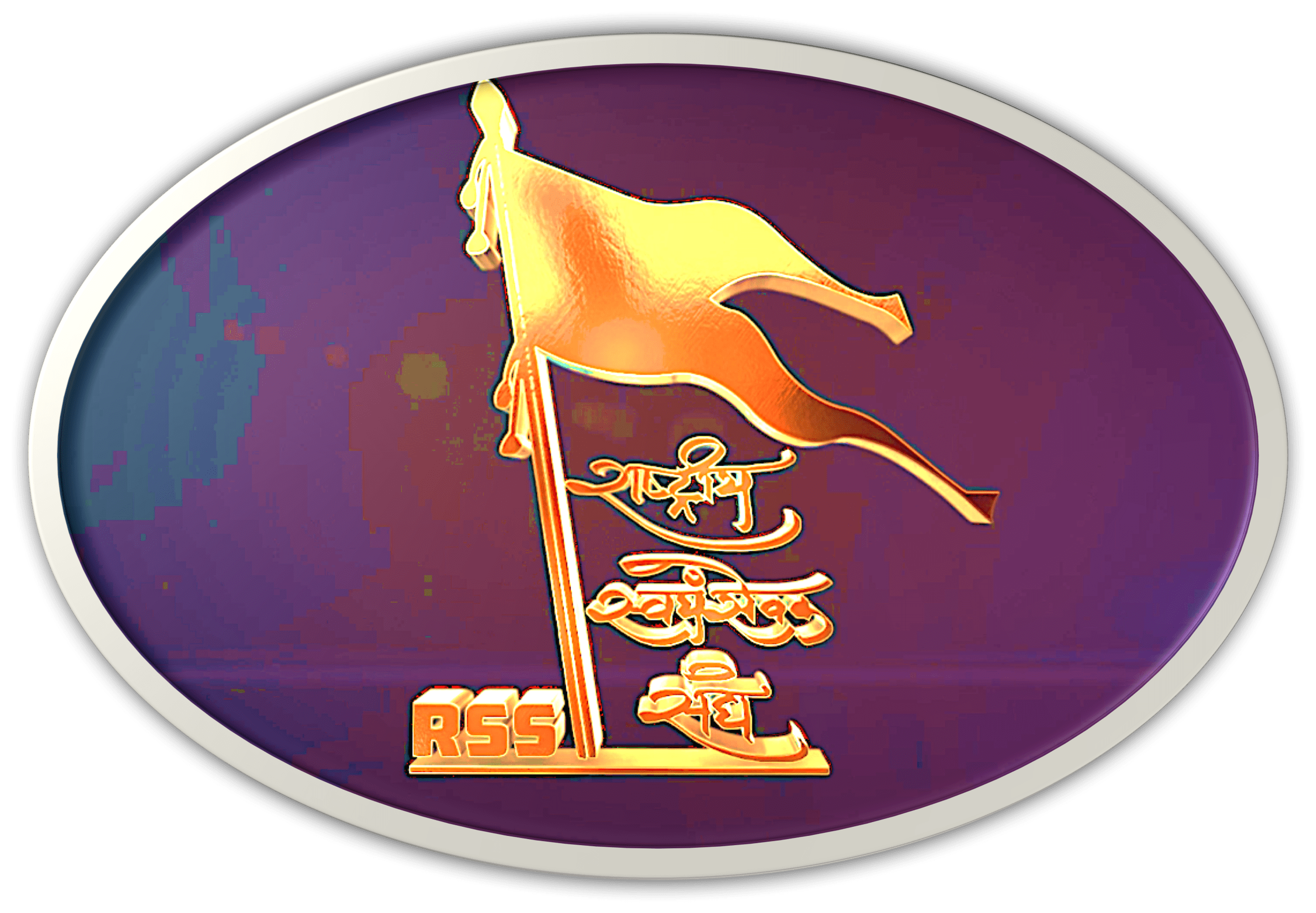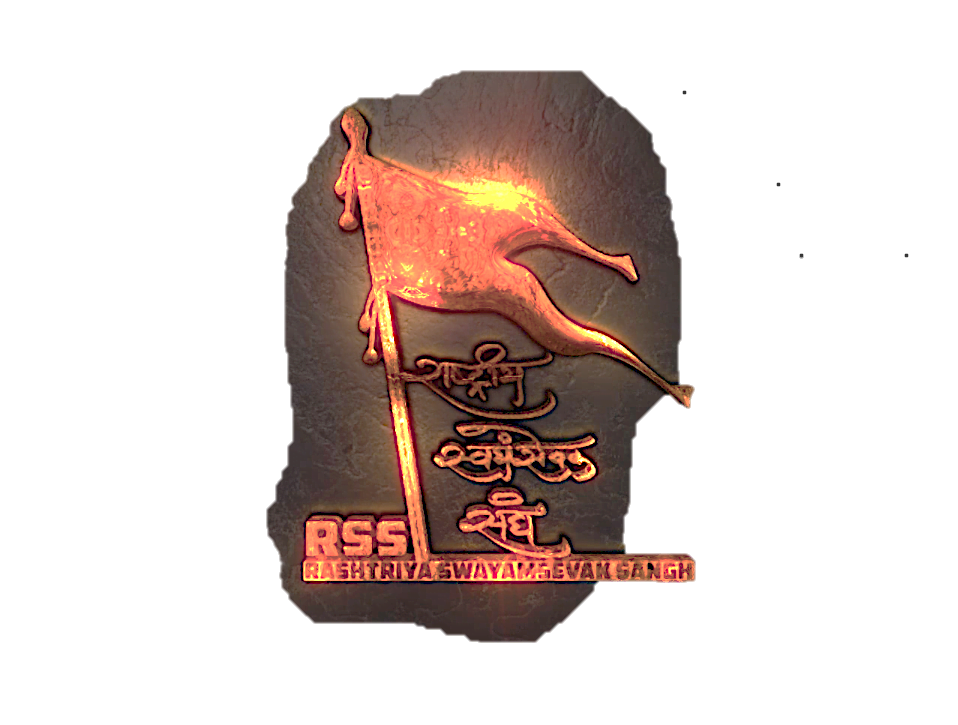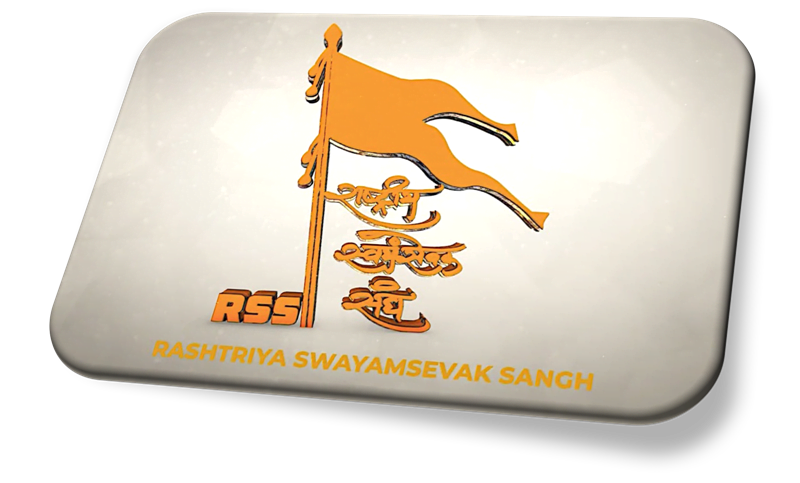New York State, USA. Date- 14/04/2022. Art, theatre, creativity and entertainment were hitherto considered anathema to Hindutva driven Rashtriya Swayamsevak Sangh. But, not anymore. Of late, several top professionals from creativity driven films, media and entertainment world seem to have thrown their weight behind the Rashtriya SwayamSevak Sangh “RSS” agenda of personality development, inculcation of civilizational values and unblemished patriotic spirit driven by Hindutva thought.
This influx of creative minds into RSS fold hitherto considered a conservative organization seems to have flummoxed the self- proclaimed liberals and turned them numb.
When India born Canada naturalised actor, producer, martial artist and television personality Akshay Kumar inaugurated the Bharatiya Chitra Sadhana run Indian films festival in Bhopal not many had a plausible explanation.
Well, Kumar seems to be clearly smitten by the same patriotic spirit and unifying the Hindu society like the Rashtriya SwayamSevak Sangh RSS. He not only inaugurated the film festival that drew young creative talent from across the country, he promised handsome financial support and offer opportunities to these budding professionals.
Julia Roberts, renowned Hollywood actress revealed a few years ago that she was a practicing Hindu and takes her children along with husband Daniel Moder to pray and chant at the temple frequently in an interview to Ellie magazine. Like the Rashtriya
SwayamSevak Sangh RSS, she believes Hindutva is more a way of life than being seen as a religion. Both Roberts and Moder were reportedly baptized catholic Christians.

“Eat, Pray, Love” author Elizabeth Gilbert on whose book the movie starring Julia Roberts was based on also found solace in Hindutva though he grew up a Christian in Litchfield in Connecticut, US.
Back home, several creative personalities seem to have found their calling in Hindu idea of ‘Vasudhaiva Kutumbakam’ that loosely translates into ‘entire humanity being one big family’ sans differences of caste, creed, sex, region and religion. This idea has been a focal narrative point of the Rashtriya SwayamSevak Sangh RSS to reduce pain, suffering and animosity among races internationally.
Renowned actors Nawazuddin Siddiqui, Nitish Bharadwaj, Yogesh Suman, Gopal Datt, Manoj Joshi, Pallavi Joshi and Suman Vaidya enrolled themselves in Rashtriya Kala Manch, a forum for creative professionals inspired by Sangh’s vision of Bharat and Hindu society.
Hitherto, not many in art and creative world identified themselves with either Rashtriya SwayamSevak Sangh RSS or Hindutva. Given the outreach campaigns undertaken by Hindu activists, a big chunk of them have become active part of Sangh’s rainbow network of organizations.
Two teaser videos that were put out in the public domain ahead of Rashtriya SwayamSevak Sangh RSS Sarkaryavah Dattatreya Hosabale’s statement on eve of Bharatiya New Year or Varsha Pratipada on April 2 depicted the deep creative minds behind the show.
Recent block-bluster Kashmir Files with Manoj and Pallavi Joshi apart from Anupam Kher as leads was definitely inspired by the RSS that brought to fore plight of Hindus that fled the Kashmir valley owing to aggression of Islamist terrorists and subversive groups.
Today, writers like Advaita Kala, Gopal Dutt, film directors Shalini Shah, Ram Bali, Vivek Agnihotri, Salim Arif have also joined the Hindu nationalist bandwagon inspired by conviction and commitment of Rashtriya SwayamSevak Sangh RSS rank and file.
Internationally acclaimed violinist Mysore Manjunath, folk singer Malini Awasthi, lyricist from Hindi cinema Manoj Muntashir and Bharatanatyam exponent Vidushi Sandhya Purecha were among several creative artists that became part of Sanskar Bharati, yet another forum of civilizational values inspired professionals.

The list of writers, singers, composers and creative artists across 18-odd languages that have gone the Hindutva way is too long to reel out.
Entertainment and creative world was till recently considered sole domain of the self- proclaimed Left liberals, arsonists, subversives and Islamists that had deep pockets.
Art and entertainment going digital also seems to have given a fillip to Sangh’s campaign amng the new band of supporters.
How the RSS volunteers are taking on the art ‘Mafiosi’ and showcasing ‘art for the nation.’
On April 4 this year, Dattatreya Hosabale, the Sarkaryavah(General Secretary) of Rashtriya Swayamsevak Sangh(RSS), the most extensive voluntary organisation in the world, released a slick video preceding its statement on the Hindu New Year(Varsha Pratipada) and birth anniversary of its founder Dr. Keshav Baliram Hedgewar. The release of this awe-inspiring promotional video demonstrates how this organization has come of age and embraced digital technology and creativity.
What transpired on April 2 is the culmination of a quiet but influential paradigm shift in the innovative world toward the ‘RSS’ and its doctrine. The video was reportedly produced by a set of professionals who are committed volunteers (swayamsevaks) of the RSS.
Incidentally, this is neither a peculiarity nor a one-off effort. This is an outcome of the efforts made by the RSS to unfurl its wings in the domain of art and culture. Several organisations were instituted by the RSS volunteers working in these specialisations, which were invariably considered the fortifications of the ‘Left’ until now, especially when it came to imaginative efforts.
Immediately after Bharat’s independence, there was a time when the Left’s frontal organisations like the Indian People’s Theatre Association(IPTA) and Progressive Writers’ Association(Pragatisheel Lekhak Sangh). had a stranglehold over the domain of art and culture. The nationalist stream of thought was stifled, and artists, and writers, were specifically targeted. Their inventive pursuits were abandoned with loathing. It was like a ‘Mafiosi’ working as a cartel and endowed by the establishment through a web of academies, economic grants, and institutional patronage.
“Nevertheless, organisations like Sanskar Bharati, Sahitya Bharati, Rashtriya Kala Manch, and late Bharatiya Chitra Sadhana appeared by encouraging the nationalist streak in the visionary arts stream. So while the ‘Mafiosi’ got the establishment’s custom, these nationalist organisations run by the volunteers inspired by the RSS got the backing and support of the teeming millions.
One of the most prominent game-changers was the ‘internet’ revolution leading to a democratisation of the content. Now the ‘Mafiosi’ was no more able to restrict the access of the common masses to only one particular type of content. The nationalists
thus arrived on the scene big time. Aided by social media tools, they could communicate their content to ordinary people. Fortunately, This also extended a window to the regular people and art aficionados who were compelled to watch, read, and appreciate only one distinct kind of content controlled by the ‘Mafiosi’ and pedaled as the only ‘progressive’ content.

Dheeraj Sharma, Director of the Indian Institute of Management, Rohtak(Haryana), has conducted an interesting study on how cultural stereotypes were created, nurtured, and promoted deliberately and consciously in Bollywood. These stereotypes were typically anti-Hindu. According to the study, most of the opposing characters- be it the local moneylender, a temple priest, or a local trader- are Hindus, while the local Mullah or the local priests of the Church are always projected as paragons of virtues. This streak continues on the OTT platforms now. From series like ‘Tandav’ to ‘Ashram,’ Hindu Dharma is a soft target for all and sundry. Unfortunately, a section of critics amongst ‘Hindus’ itself is protecting these moves by this ‘Mafiosi,’ which still exists and seems to have now come to ‘Digital’ platforms. To be a ‘liberal’ artist, one is still compelled to run down the Hinduness.
However, the recent triumph of films like RRR and the Kashmir Files is a welcome break from the earlier trends. However, these successes have not come overnight. A sustained effort by the RSS volunteers through individual and administrative efforts such as film festivals, and painting exhibitions has created awareness amongst the common masses that artistic pursuits and creativity will be more acceptable if it caters
to our Bharatiya consciousness and depicts that. The RSS volunteers and those associated with their endeavors have repeatedly illustrated this in their creative and artistic pursuits. That is what we witnessed on the April 2 release of the video by the RSS Sarkarvaha also. Presumably, the more extensive message is reaching out from that video release that the creative world is making a recuperation to its foremost roots where art and creative pursuits are not for forming anarchy. However, they are to perform for more incredible cohesion in society by advancing forces, beliefs, and approaches performing for an integrated and transformed society.



